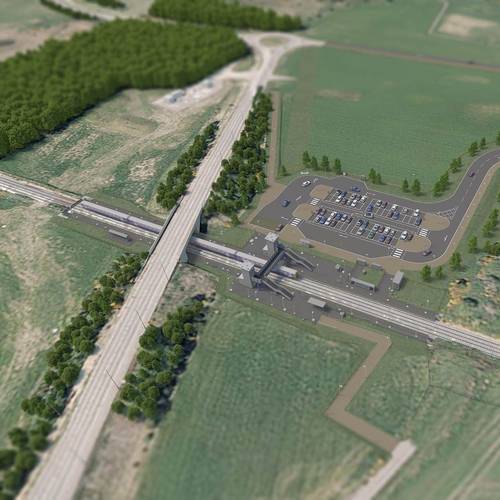

The construction of the new Inverness Airport train station will help enhance the area by giving travelers another route to the airport, opening up transport links and improving connectivity to and from the area.
In the absence of a centralized digital library, the UK rail industry continues to redesign and remodel standard components, missing out on lessons learned and key asset information. With repair and maintenance costs accounting for a major part of clients’ investment portfolios, solutions are constantly needed to enable efficient construction delivery.
We developed a range of tools to speed up the project design process of a new train station at Inverness Airport, based around the principles of standardized digital design components and automation techniques to drive efficiencies.
This approach enabled the design team to efficiently develop layouts and reduce the work required. This resulted in the whole station design taking 6 weeks opposed to the typical 8 weeks.
These realizations have also led to significant reductions within other projects as we reuse components and bring benefits to project programmes. An approach of ‘model once, use many times’ has resulted in significant return on investment from initial outlay and allowed project teams to better quantify time saved.
This approach has also yielded significant benefits in terms of assurance on quality, with better standardization and reduced variability. AECOM was able to record a reduction in internal rework of up to 40 percent through for this project due to the reduction in the inaccuracies that require rework before completion.
